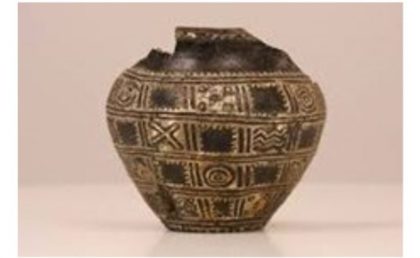Kalendari ilir daton si më i vjetri në Evropë

Kalendari më i vjetër në Evropë është gjetur në Vucedol – “Orioni i Vucedolit”. Kalendari i Vucedolit është një ene me katër shirita horizontale të gdhendur me simbolet e jeve ne konstelacioneve. Këto yje i referohen direkt stinëve te vitit, dhe çdo rrip përfaqëson një sezonë. Kalendari i Vucedolit daton rreth 2600 vjet para Kr.. Deri tani Stonehenge është konsideruar si Kalendari Evropiane më i vjetër i njohur i punuar në mes të 2200 dhe 1600 para Kr. Kalendarët tjerë të Botes së vjetër si i Mesopotamisë dhe ai Egjiptian janë bërë përafërsisht në të njëjtën kohë si Kalendari i Vucedolit.
Recently the oldest calendar in Europe has been found in Vučedol – “The Orion of Vučedol”. The Calendar of Vučedol is a vessel with four horizontal belts having engraved star constellation symbols. These constellations refer directly to the exchange of single seasons, and each belt represents one season. The Calendar of Vučedol dates as far as about 2600 years B.C. So far Stonehenge has been regarded as the oldest known
European calendar built sometimes between 2200 and 1600 B.C. The other oldest world calendars, like the Mesopotamian and Egyptian were made approximately at the same time as the Calendar of Vučedol.